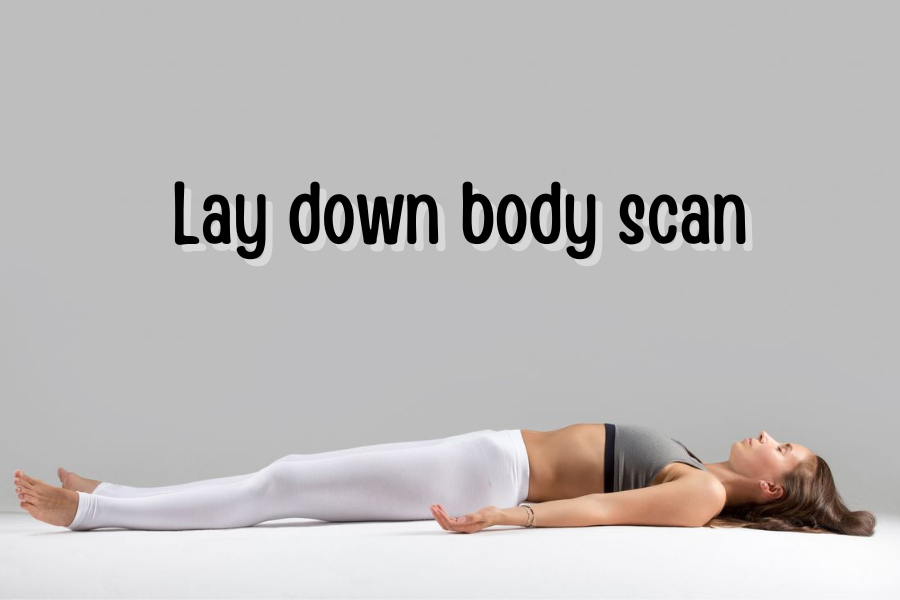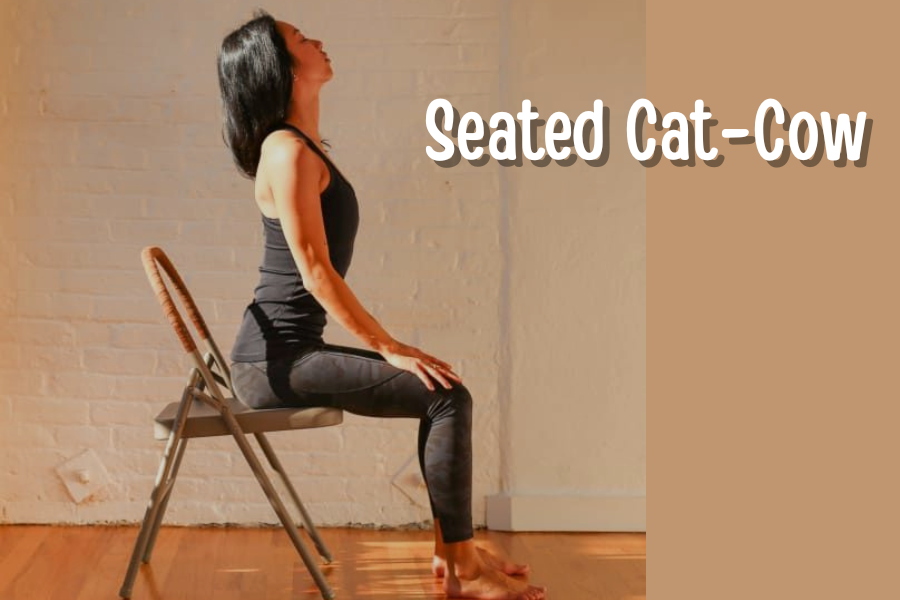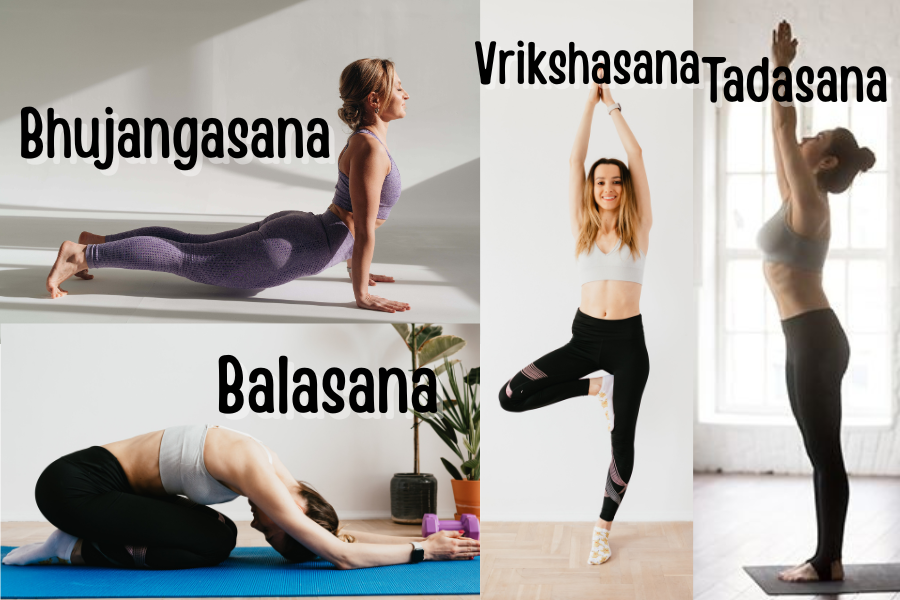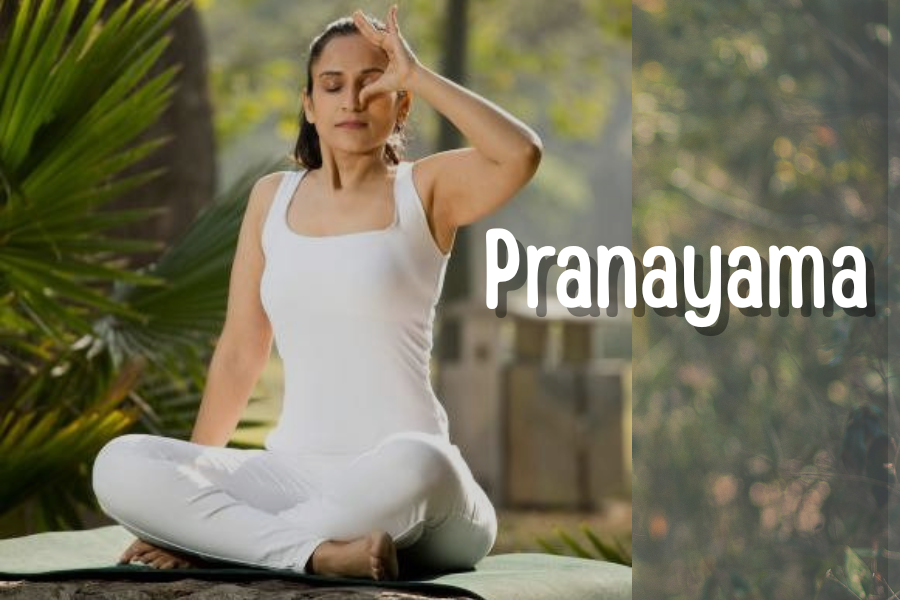Somatic Yoga: Introduction-
Table of Contents
In today’s time, due to busy life, work stress, unbalanced and wrong diet, and irregular physical activities, most people are facing the problem of obesity and many types of physical inactivity. Due to this busyness, we keep ignoring the real needs of our bodies again and again. While yoga leads us on the path of balance and peace, Somatic Yoga provides a way to connect us with the inner consciousness of our body.
‘Somatic Yoga’ is a unique form of yoga that combines traditional yoga asanas, pranayama, and meditation with somatic principles. Somatics means understanding the internal experiences of the body. That is, paying attention to the awareness of physical sensations, muscle response, and the nervous system. This is a yoga system that is not limited to making the body flexible, but works at the internal level of the brain and nervous system.
Somatic Yoga is especially useful for those who are struggling with mental stress, chronic fatigue, pain, or emotional blocks. The pace is slow but extremely effective. This method, developed through a modern and scientific approach, helps a person connect with the inner experiences of their body. In this yoga method, special emphasis is given on awakening the body consciousness and being fully present in it.
The word ‘somatic’ originates from the Greek word ‘soma’, which means ‘living body’. That is, “a living body, which can be experienced from within.”
Somatic yoga is a self-awareness-based yoga practice in which the focus is on the internal sensations and movements of the body. In this, traditional yoga postures are performed at a very slow, controlled, and conscious pace. Its purpose is to identify the tension, tightness, and unnecessary muscle movements present in the body and gradually release them. Techniques like ‘pandiculation’, ‘neuromuscular reeducation’, ‘Feldenkrais ‘, and mindful movement are used in it, which reestablishes the broken connection between the body and the mind. All these techniques retrain the brain so that the body can automatically relax and be at ease.
In Somatic Yoga, it is important to understand while practising that our body is not just a physical object but a living consciousness with its own memories, reactions, and emotions. When we start experiencing our body internally, its age-old rigidities, habits, and blockages start revealing themselves. This yoga not only helps in physical healing but is also an important tool towards mental and emotional balance.
In today’s stressful life, Somatic Yoga has emerged as a method that connects a person with their true nature. It is a journey of self-awareness, which not only gives flexibility and strength to the body but also brings peace to the mind and deeply touches the soul. This yoga system activates the subtle communication between body and mind. While traditional yoga focuses on asanas and postures, Somatic Yoga emphasizes inner experience and reconnection. Thus, Somatic Yoga is a healing and self-discovery journey that teaches the art of listening to the silent dialogue of the body through yoga.
Somatic yoga originated in the 1960s and 70s with the work of Thomas Hanna, when he laid the foundation of somatics and popularized the word ‘somatic’. He found that bodily tensions and muscle contractions sometimes do not heal autonomously. His experiments and research, such as functional theatre, physical therapy, dance therapy, etc., took inspiration from all these and laid the foundation of somatic yoga. After this, its various forms developed, such as the Feldenkrais method, the Alexander technique, etc. Somatic yoga works on these principles by combining yogasana, pranayama, and mindful movement.
Global spread- Since 1990, it has been propagated in America, Europe, and India, where it started combining with traditional yoga and modern medicine.
Scientific Basis-
1- Neuromuscular Power-
For a long time, muscle contractions of the back, neck, or shoulder were considered to be limited to that area only. But the practice of somatic yoga shows that these signals also affect the brain. Gently moving the brain helps to form new neural connections.
2- Regular Muscle Relaxation-
When a person consciously relaxes the nerves using subtle sensory choices, it has a positive effect on the brain’s ‘default mode network’, leading to a feeling of deep relaxation.
3- Helps in Neuroplasticity-
Gradually, small, spontaneous, and neurobiological representations lead to the formation of new neuronal connections in the brain, which rewire old emotional blockages.
Somatic Yoga: Benefits-
It can be done easily without any equipment. It increases the coordination of body and mind. It has many benefits.
A- Physical benefits-

1- It makes the muscles more flexible.
2- It removes the problem of stiffness and pain in the back, neck, knees, shoulders, etc.
3- It provides relief to the joints by nourishing them.
4- Digestion improves.
5- Physical coordination and balance improve.
B- Mental benefits-

1- The brain becomes calm due to the decrease in cortisol levels, and stress and anxiety decrease.
2- It creates emotional stability, and gradually, self-reliance comes.
3- Sleep improves due to mental peace and activation of the parasympathetic system.
4- The nervous system becomes calm.
5- It leads to sweet emotional openness.
C- Neurological benefits-
1- New neural networks are formed under neuroplasticity.
2- Under bottom-up healing, mental condition improves through the internal experience of the body.
Somatic Yoga: Tips for Practice
The tips for practicing somatic yoga are as follows.
1- Do somatic yoga slowly and carefully. Do not try too fast; stay in a small range of motion.
2- Maintain presence of mind. Ask the question “What am I feeling at this moment?” at every step.
3- As part of daily return, give at least 30 minutes every day.
4- As part of regular journaling, write 2-3 lines after every session, which parts of the body got relieved of their stiffness? Which feelings emerged? Did the pain reduce? Etc.
5-In the initial days, it is easy and acceptable to start with an instructor or a course.
Online resources related to yoga and exercise-
Nowadays, many online platforms provide instructions related to yoga and exercise. Like – vijaybooks.store With the help of these, you can practice yoga and exercise sitting at home. Similarly, there is another blog.
yoga.ayush.gov.in is a government website of India.
Another blog has been written similar to this blog.
Somatic Yoga: Precautions-
The main precautions related to somatic yoga are as follows.
1- Do not do somatic yoga in case of recent injury or surgery. Consult a doctor or physiotherapist first.
2- Consider complex cases. For example, consult a doctor in case of high blood pressure, cardiovascular, or neurological problems.
3- Do not practice somatic yoga in extreme pain. If you experience pain or severe tingling in any part of the body, stop.
Somatic Yoga: Applications-
1- Helpful in surgery- Useful in physical therapy of the back and shoulder.
2- Use in psychotherapy- Addiction research, trauma integration, PTSD recovery.
3- Helpful in mobility of elderly and old people- Helps in improving restricted range of movement and regaining balance.
Somatic Yoga: Method of practice-
1- Initial activity-

First of all, lie down and do a body scan. Focus on the movements of the shoulders and spine in the body from top to bottom. Rotate the shoulders in a circular motion and make the neck flexible.
2- Micro-movements-

Cat-Cow- Slowly bend and straighten the spine. Slowly lift the pelvis from the floor like a machine, then slowly bring it down.
3- Yoga asanas-

Experience every position of yogasanas like Balasana, Vrikshasana, Tadasana, Bhujangasana, etc., deeply. Stay in each position for 2-3 minutes and focus on every muscle.
4- Pranayama-

Focus on slow, long breaths in Somatic Yoga. Practice Anulom-Vilom of Pranayama with restraint.
5- Conclusion (Meditation)-
Finally, practice Shavasana for 10 minutes. Then do a mindful body scan. Note the changes in meditation based on your experience. Gently move hands, neck, legs, and conclude with closed eyes.
Somatic Yoga: Conclusion-
This is not just a yoga practice, but a journey toward personal healing, self-awareness, and physical-mental balance. Slowing down, focusing on real-time experience, and getting in touch with the softness of self—all these spread a new perspective, in contrast to today’s busy life. Somatic Yoga gives us the power to listen to the inner self, understand, and rebuild. When we listen sensitively to what the body is telling us, we find a journey that takes us deeper into the Source, where harmony of body, mind, and spirit develops naturally.

